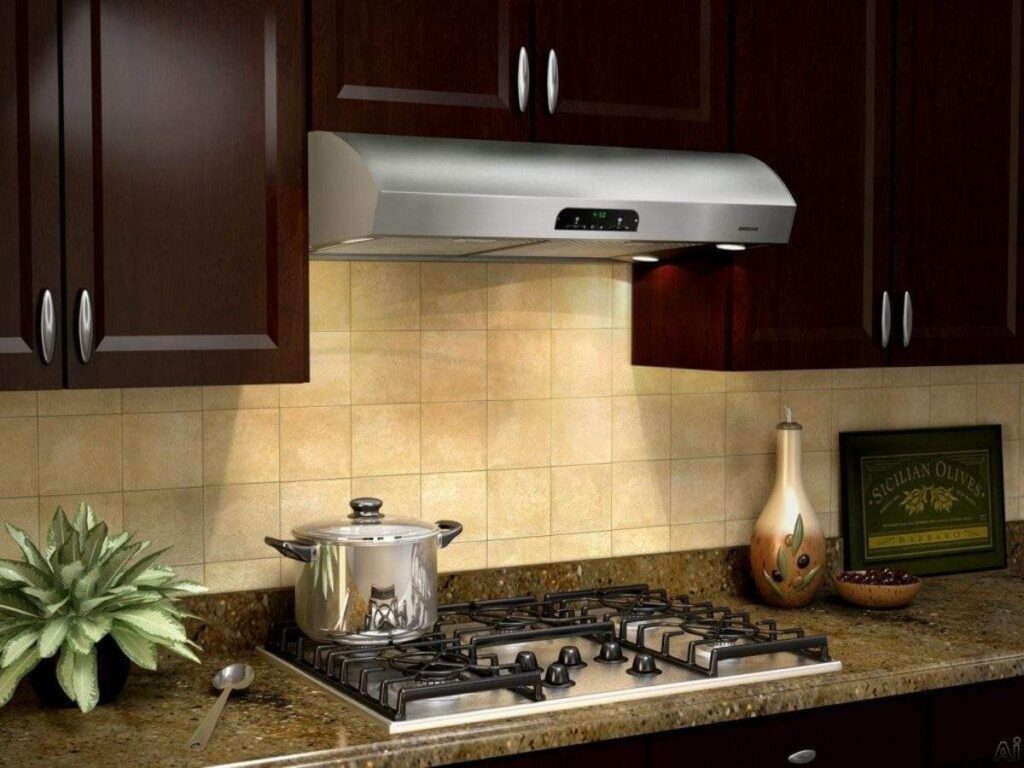It is a known fact that there are a lot of chimneys in the market, which have been used by a lot of people in both domestic and commercial segments. Some of the best Kitchen chimney brands in India are focussing on offering quality chimneys that can be used for a long time. Few of the best Kaff kitchen chimneys are known to cover every aspect in both functionalities and performance.
Screens that are damaged or warped. The screens made of sliding-mesh can warp over time from heat but can be easily replaced. You can measure the mesh’s height and width, not the opening of your fireplace. Then you can buy replacement mesh at your local stove shop. Your chimney professional can help you remove and install the mesh.
Style and Features
A standing or gate-style screen can be replaced if the frame is good but the screen is not in great condition. However, it may be cheaper to purchase a new one. For more information, contact your local stove shop.
Inoperable, damaged or missing ash pit doors. A few masonry fireplaces include an ashpit door. This is a small opening in the bottom of a firebox that leads into an ashpit under the fireplace. For more information on ash pits, see page 18, Cleaning up. Replace the door if it is damaged or missing. The door will usually lift out. Take what is left of the old stove and measure the hole size to the local stove shop.
Penetrating oil can be used to open doors that are not closed but still have some life left. It might be worth taking the door apart and fixing it in your garage.
Chimney Odors
You almost certainly have a problem with smoking if you smell something while using the fireplace. For more information on how to identify and fix fireplace smoking problems, see page 26.
A chimney cleaning should be done if there are any fireplace odors. The problem of odors will be worsened if there is a buildup in the chimney.
Fireplaces that were once used as wood stoves are a special case. It is possible that creosote may have been present in your flue if the fireplace had once been connected to a wood stove. For a full definition, see page 13. Creosote has a strong odor, especially when it is wet. Because it can cause fire hazards, even small amounts of creosote must be removed by professionals. A chimney professional should inspect your fireplace if it ever used a wood stove.
Main factors behind chimney bad odors
Open damper
Close the damper if it is not in use. This will reduce air movement from the chimney to the house.
No chimney cap
A chimney cap prevents snow and rainwater from getting into the flue. A dry chimney will emit less odor, since moisture can increase odors. Ask your chimney professional to install one if you don’t already have one.
Do not soak a damp chimney
A masonry chimney may have been soaked in water if it has been wet or rainy recently. Water penetration is a concern, especially if the chimney is built on the exterior of the house. Water draws heat from your flue, which reduces the natural draft that helps draw odors out of the chimney. Sometimes, a water repellent treatment (available through your chimney professional), will be helpful. For important information on water repellents, see page 33.
A short chimney
A shorter chimney will cause problems with smoking and odor. A chimney that is too short will not draw enough smoke or odors up from the outside. For more information on the correct height of a chimney, see page 28. You can add height.
Note on odor problems
Depressurization can also cause poor chimney draft and the problem of odors in the home. The chimney draft can reverse if the house is too tight to allow air to enter the chimney. This will cause air to draw into the house through the chimney and create odors. For more information on depressurization, see page 29.

